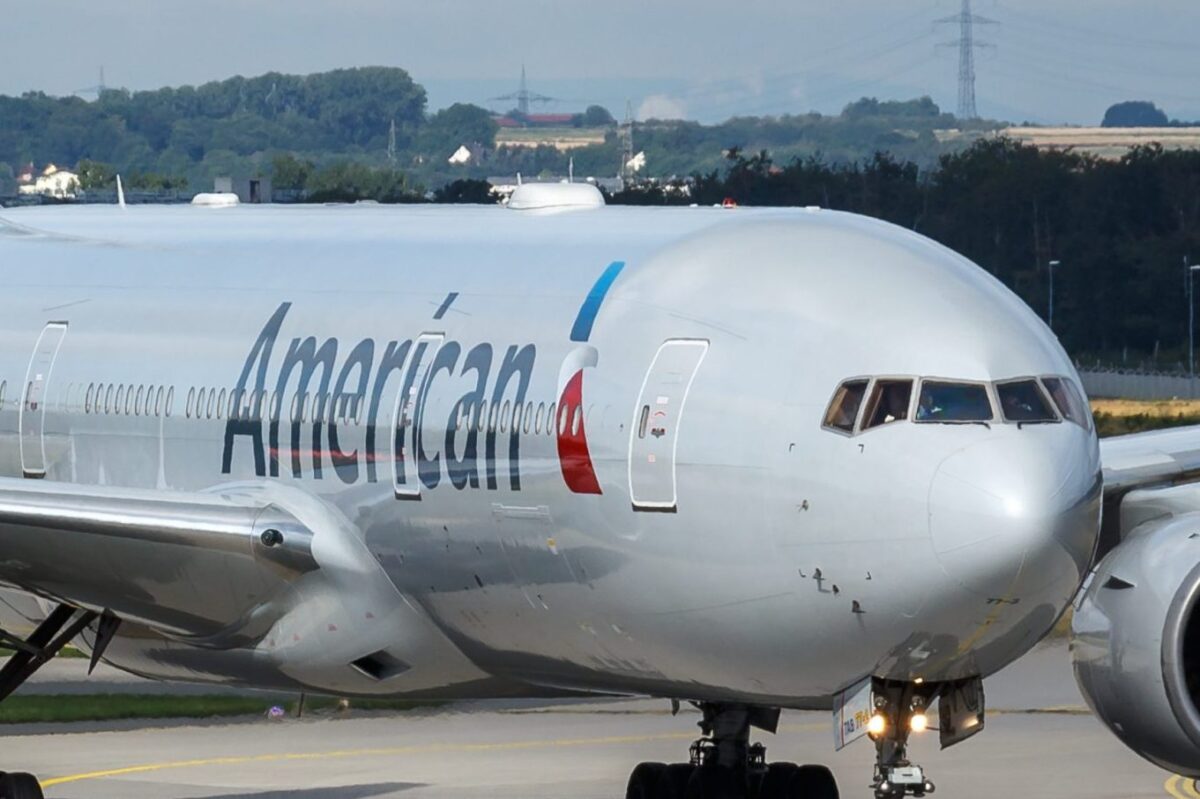Bus service with Wi-Fi takes hold as alternative transportation for many

Skift Take
It’s almost noon on a spring Friday, and the oldish fellow on the bus seat next to me is furiously working on a math problem the old school way — on paper. He’s oblivious to the activity around him: across the aisle, a young woman not always using her headphones is watching a movie on her laptop, and an old woman next to her, with a half-eaten banana on her lap, is napping. A man nearby is overheard promoting his online costume jewelry company, and he’s passing out business cards.
I’m trying in vain to get on the Internet, because Wi-Fi is available. Everyone seems comfy on Megabus, a double-decker luxury bus headed to Dallas. Every seat, 77 of them, is taken. I just left Austin from the departing point, a lot on a side street near Guadalupe Street and Martin Luther King Boulevard on the University of Texas campus. My one-way ticket cost $3 plus a 50-cent booking fee. Awesome. Others paid between $1 and about $25 for their fares, depending on when they made their online reservations on www.megabus.com. The earlier the purchase, the cheaper the fare. That’s how it works on megabus.com.
Megabus, which has boarded 25 million customers and serves 100 U.S. cities, is relatively new to Texas. Service between San Antonio, Dallas, Houston and Austin was added in the fall. The company originated in Scotland in 2003 under the name the Stagecoach Group and later added travel in England, France and the Netherlands. Its first American hub, operating under the subsidiary Coach USA and megabus.com, opened in Chicago in 2006, serving Midwest cities such as Detroit, Minneapolis and St. Louis. When Megabus expanded to the East Coast, the express service company flourished, especially travel between Washington, D.C., and New York City, said Mike Alvich, vice president of marketing.
“Real value for less money. Clean bathrooms, seat belts like cars, and you are able to bring 50 pounds of luggage,” he said. Its Facebook page has more than 137,000 friends who are alerted to fare discounts.
My experience with Megabus is a big thumbs up, but I realize that bus travel is not for everyone. I’ve used Megabus four times. The most I paid was $17.50 the day before Thanksgiving last year. That ride to Dallas was packed, too, but hey, it beat driving on congested Interstate 35. The clean restroom, roomy seats and on-time arrival were the gravy. Megabus, because it uses I-35, is susceptible to traffic patterns. One trip to Dallas took nearly four hours, but had I been in a car, the travel time would have been the same. I like someone else driving; I napped part of the way.
I met a UT student, Carissa, who religiously uses Megabus on Fridays to go home to Irving. Megabus stops in downtown Dallas and Grand Prairie.
My travel was pleasure. My oldest daughter, Alexandra, lived in Grapevine at the time. She’d pick me up in Grand Prairie. Once I approached Dallas, I was able to call her on my cell to update her on my arrival time. Now, Megabus has an app that uses GPS to estimate the time of arrival. “Our command center in New Jersey uses GPS tracking to constantly update travel time and revise arrival time. The value to our customers is that they always know when they are going to arrive. It relieves stress. However, weather is always our biggest factor,” said Alvich.
Alvich would not release much of the passenger demographics but he did say 25 to 35 percent of riders are women traveling to shop and see shows. “Megabus is also popular with seniors, families and business people. I think we’ve helped Americans become more spontaneous about travel,” he said.
The express service — the bus does not make stops between its hub cities — is a lifesaver for Al Pelletier, 53, of San Antonio, who uses Megabus to get to his state job in Austin. “I save a lot of money. I was spending $600 a month using Greyhound. I now average about $120, but I buy my fare in advance. In March, Megabus had a $1 promotion for all Texas fares, so it was costing me $2 a day plus the small booking fee,” he said.
The most Pelletier has paid each way was $4. “To travel 86 miles on $4, you can’t even come close to that using a vehicle,” he said.
Stephanie Tran, a junior at UT, uses Megabus twice a month to go home to Houston. “I’ve probably used the bus 50 times. It’s convenient, and I feel safe,” she said.
Alvich admits Megabus is not perfect. The company is working to upgrade its system to allow better and more consistent Wi-Fi service.
Megabus has received a “satisfactory” safety rating, the highest available, from the Federal Motor Carrier Safety Administration, said Don Carmichael, executive vice president of safety for Coach USA. Since 2006, three bus accidents have resulted in three deaths, he said. ___
![]()




